Emergence of Insurtech Startups
The Online Insurance Market is increasingly characterized by the emergence of insurtech startups, which are disrupting traditional insurance models. These startups leverage technology to offer innovative solutions that cater to the evolving needs of consumers. By utilizing data analytics, machine learning, and user-friendly interfaces, insurtech companies are able to provide personalized insurance products at competitive prices. Recent data suggests that insurtech investments have surged, with funding reaching over 10 billion dollars in the past year alone. This influx of capital is enabling startups to scale rapidly and challenge established players in the market. As a result, traditional insurers are compelled to adapt their strategies, either by collaborating with these startups or by developing their own digital solutions. The rise of insurtech is reshaping the competitive landscape of the Online Insurance Market, fostering innovation and enhancing consumer choice.
Regulatory Changes and Compliance
The Online Insurance Market is significantly influenced by ongoing regulatory changes and the need for compliance. As digital insurance solutions gain traction, regulators are adapting existing frameworks to address the unique challenges posed by online transactions. This includes ensuring consumer protection, data privacy, and fair competition among providers. For instance, recent regulations have mandated stricter data security measures, compelling insurers to invest in robust cybersecurity protocols. While these regulations may impose additional costs, they also present opportunities for insurers to differentiate themselves through enhanced trust and transparency. The evolving regulatory landscape is likely to shape the strategies of companies operating in the Online Insurance Market, as they navigate compliance while striving to innovate and meet consumer expectations.
Increased Focus on Risk Management
The Online Insurance Market is witnessing an increased focus on risk management strategies, driven by the need for businesses and individuals to mitigate potential losses. As the complexity of risks evolves, insurers are leveraging advanced analytics to better understand and manage these risks. For example, data-driven insights allow insurers to identify emerging trends and adjust their policies accordingly. This proactive approach not only enhances the underwriting process but also improves customer trust and loyalty. Recent statistics indicate that companies employing sophisticated risk management techniques can reduce claims costs by up to 25 percent. Consequently, the emphasis on effective risk management is reshaping the competitive dynamics within the Online Insurance Market, as insurers strive to offer more comprehensive and tailored solutions.
Growing Consumer Demand for Convenience
In the Online Insurance Market, there is a marked increase in consumer demand for convenience and accessibility. As individuals become more accustomed to digital solutions in various aspects of their lives, they expect similar experiences when purchasing insurance. This trend is evidenced by the fact that over 60 percent of consumers prefer to buy insurance online rather than through traditional channels. The ability to compare policies, receive instant quotes, and complete transactions in real-time significantly enhances customer satisfaction. Additionally, the proliferation of smartphones and high-speed internet access has made it easier for consumers to engage with insurance providers at their convenience. This shift towards online platforms is likely to continue, as insurers adapt their offerings to meet the evolving preferences of tech-savvy consumers in the Online Insurance Market.
Technological Advancements in Insurance
The Online Insurance Market is experiencing a transformative phase driven by rapid technological advancements. Innovations such as artificial intelligence, machine learning, and blockchain are reshaping how insurance products are developed, marketed, and sold. For instance, AI algorithms can analyze vast datasets to assess risk more accurately, leading to tailored insurance solutions. According to recent data, the integration of these technologies is expected to enhance operational efficiency by up to 30 percent, thereby reducing costs for both insurers and consumers. Furthermore, the rise of mobile applications facilitates seamless customer interactions, allowing users to manage policies and claims with unprecedented ease. This technological evolution not only streamlines processes but also fosters a more customer-centric approach, which is crucial in the competitive landscape of the Online Insurance Market.
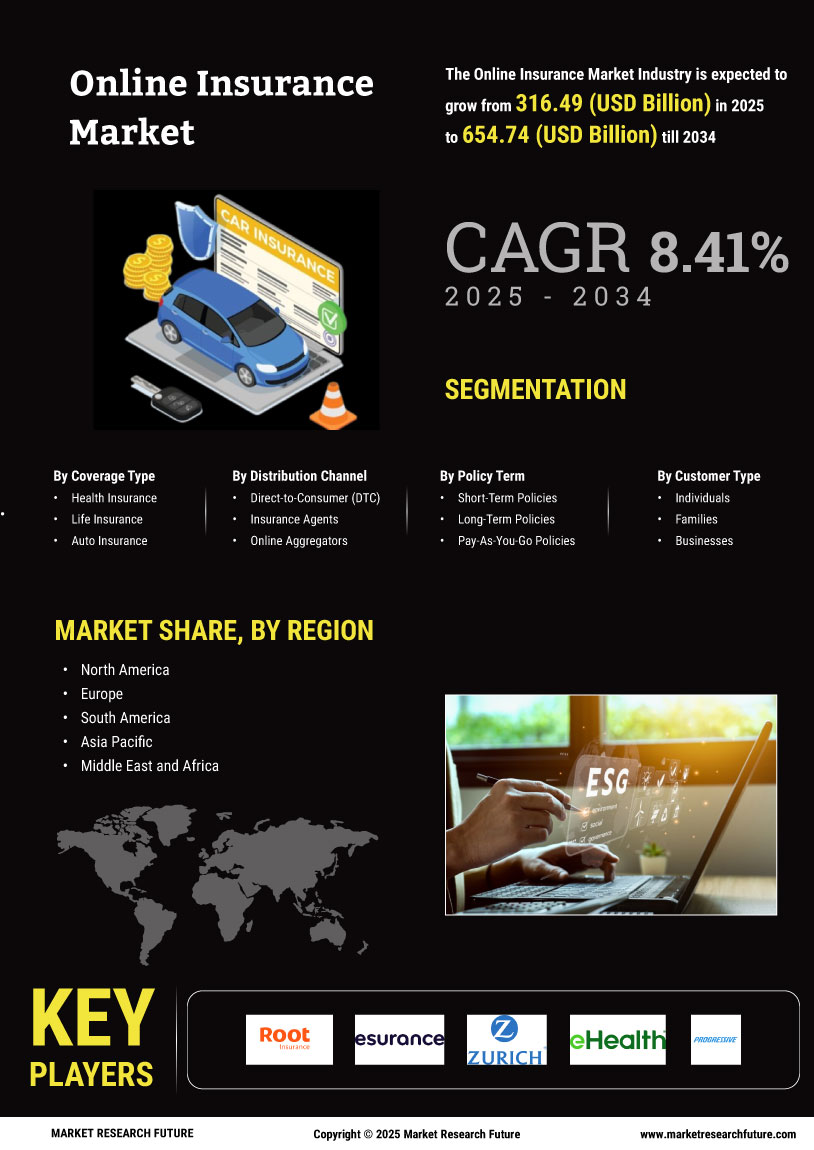

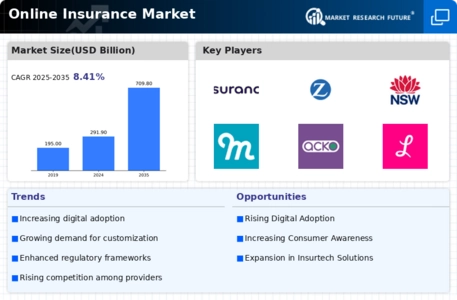

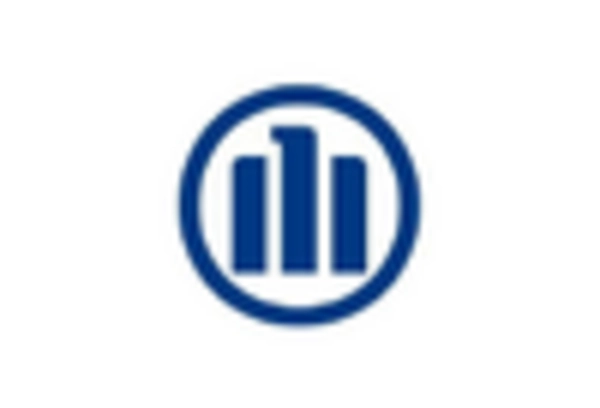


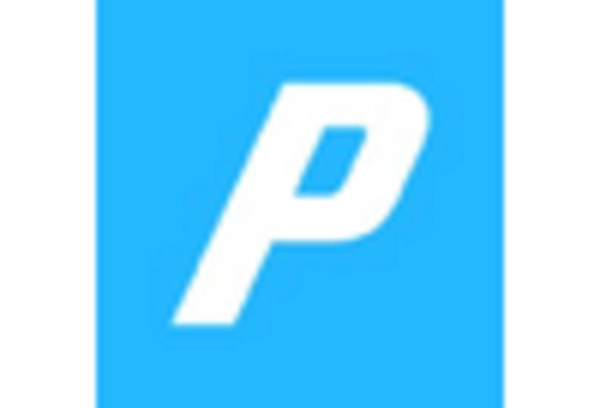
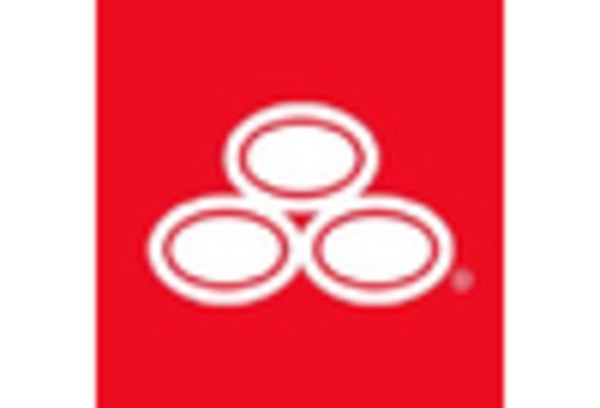








Leave a Comment